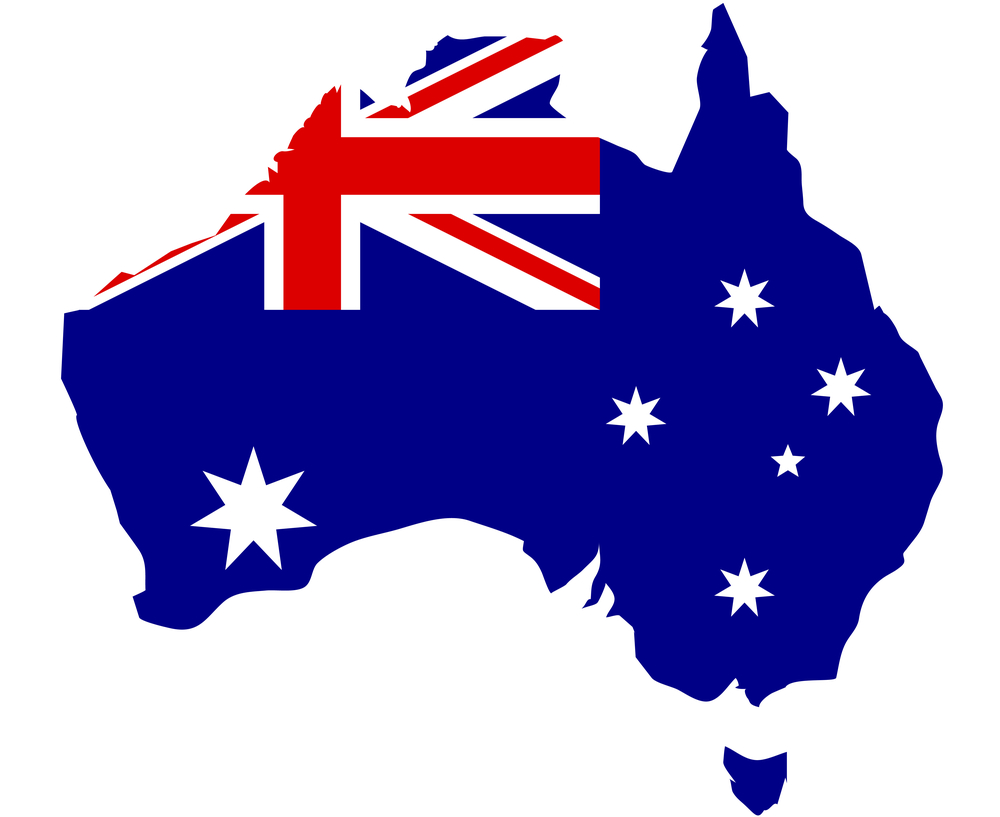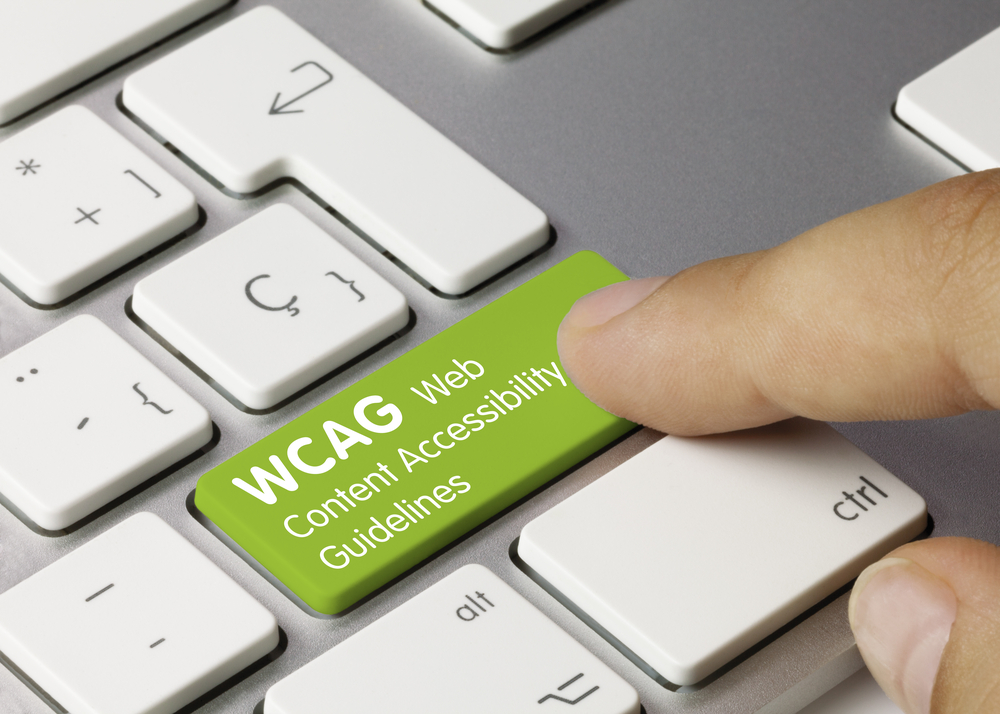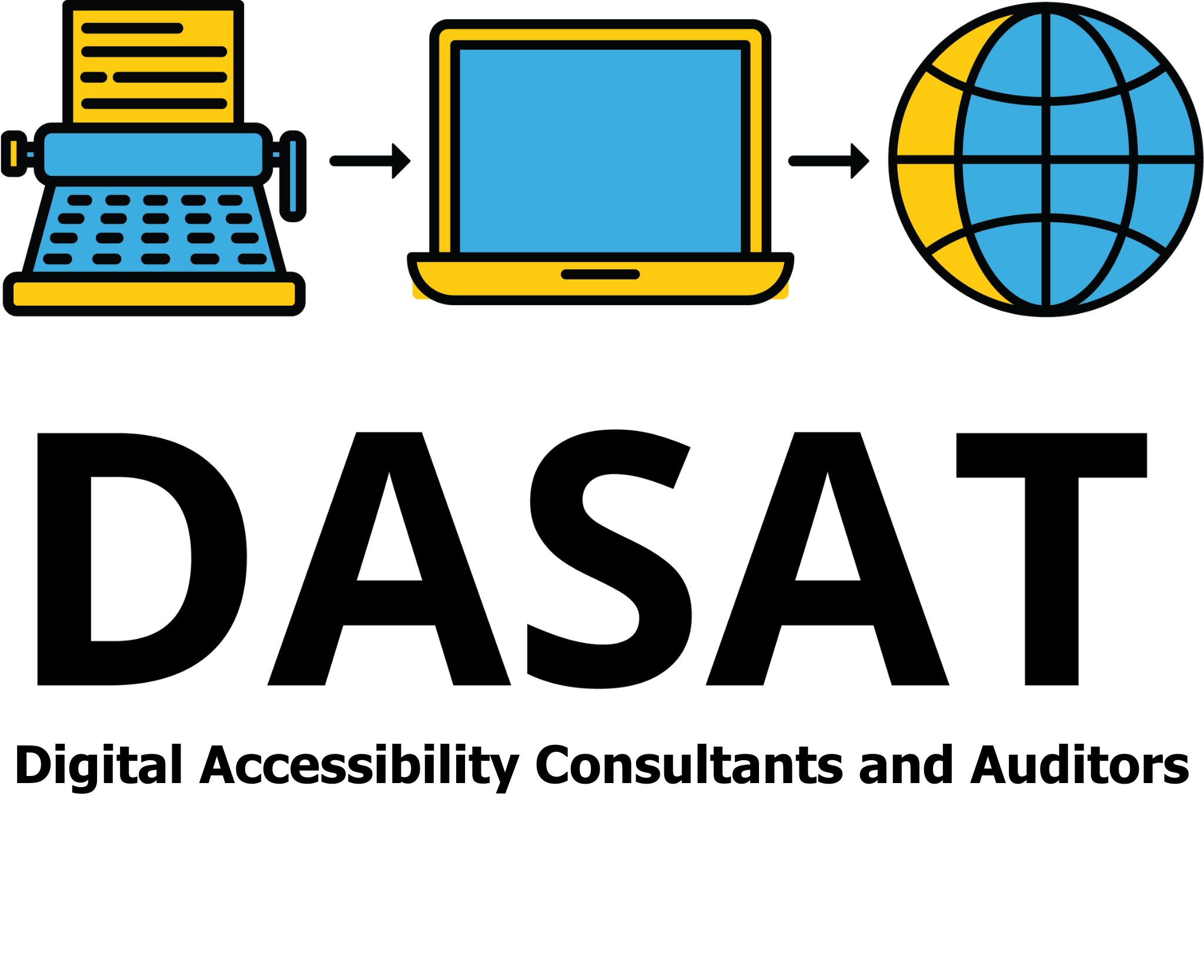Digital Accessibility Standards

World Wide Web Consortium
The World Wide Web Consortium, W3C for short, has developed a set of Guidelines that define how websites and other forms of digital communication can be developed to remove or limit communication barriers. W3C is an international community of member organisations, full time staff and the public that works together. It was started and is currently led by Tim Berners Lee, who is credited with the invention of the web.
W3C created the Web Accessibility Initiative (WAI) to develop the guidelines.
The guidelines have been implemented worldwide and are credited with ensuring access for the disabled. The guidelines are known as the Web Content Accessibility Guidelines, WCAG for short. The current WCAG standard is 2.2.
Australian Standard
The standard in Australia is AS EN 301 549:2024. It is based on the Web Content Accessibility Guidelines Level 2.2 Level AA.

International Standard
The International Organisation Standard in conjunction with the International Electrotechnical Commission have updated their standard, ISO/IEC 40500 to be referencing the Web Content Accessibility guidelines 2.2 level AA. The standard is ISO/IEC 40500:2025.


Web Content Accessibility Guidelines

Perceivable sets standards about the way the website is viewed. How does it look on a mobile phone versus a desktop? Is the information still readable? That is the website is easy to understand and use. Perceivable looks at the layout of the website or document. how are the images treated on screens, do the form fields have labels attached that describe the field, Do the videos on the screen have captions or transcription that makes them accessible to the deaf or vision impaired.
 Operable looks at whether the user can access the website and find the information easily. Can the website or document be able to be accessed by just the mouse or just the keyboard? Can the user get around the website or document using keyboard shortcuts. Is the site navigable? Do the videos have the controls implemented to ensure that the user can stop and start the videos as they need to? Are any flashes or animation able to be disabled to ensure that users that have seizures can use the website.
Operable looks at whether the user can access the website and find the information easily. Can the website or document be able to be accessed by just the mouse or just the keyboard? Can the user get around the website or document using keyboard shortcuts. Is the site navigable? Do the videos have the controls implemented to ensure that the user can stop and start the videos as they need to? Are any flashes or animation able to be disabled to ensure that users that have seizures can use the website.

Understandable relates to information and the operation of the user interface must be understandable. That is the information is readable, predictable and provide assistance if inputting information. Errors must be identified when inputting data and displayed on the screen in such a way to ensure that the error can be resolved.

Robust relates to compatibility. The website or document must be robust enough that it can be interpreted by a wide variety of user agents, including assistive technologies. That is, when the page is viewed on different user agents such as mobile phones, braille readers or screen readers and text to speech that the underlying coding can be interpreted correctly and displayed as required. Components on the page can be programmatically determined. Finally, that status messages are accessible regardless of the type of device that the page is being upon.
 Conformance lists the requirements to meet the Web Content Accessibility Guidelines. It describes what is meant by being accessibility supported. To meet Level A requirements all Level A criteria must be met. To get Level AA criteria all criteria for Level A and Level AA must be met. To get Level AAA criteria all criteria for Level A, Level AA and Level AAA must be met.
Conformance lists the requirements to meet the Web Content Accessibility Guidelines. It describes what is meant by being accessibility supported. To meet Level A requirements all Level A criteria must be met. To get Level AA criteria all criteria for Level A and Level AA must be met. To get Level AAA criteria all criteria for Level A, Level AA and Level AAA must be met.
